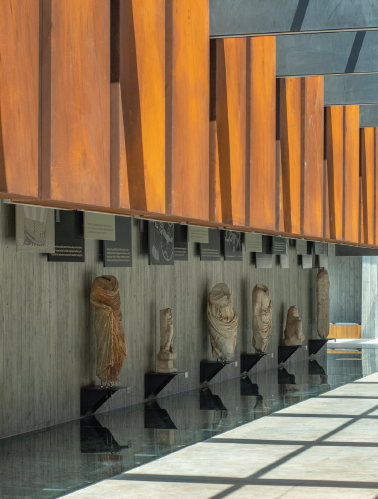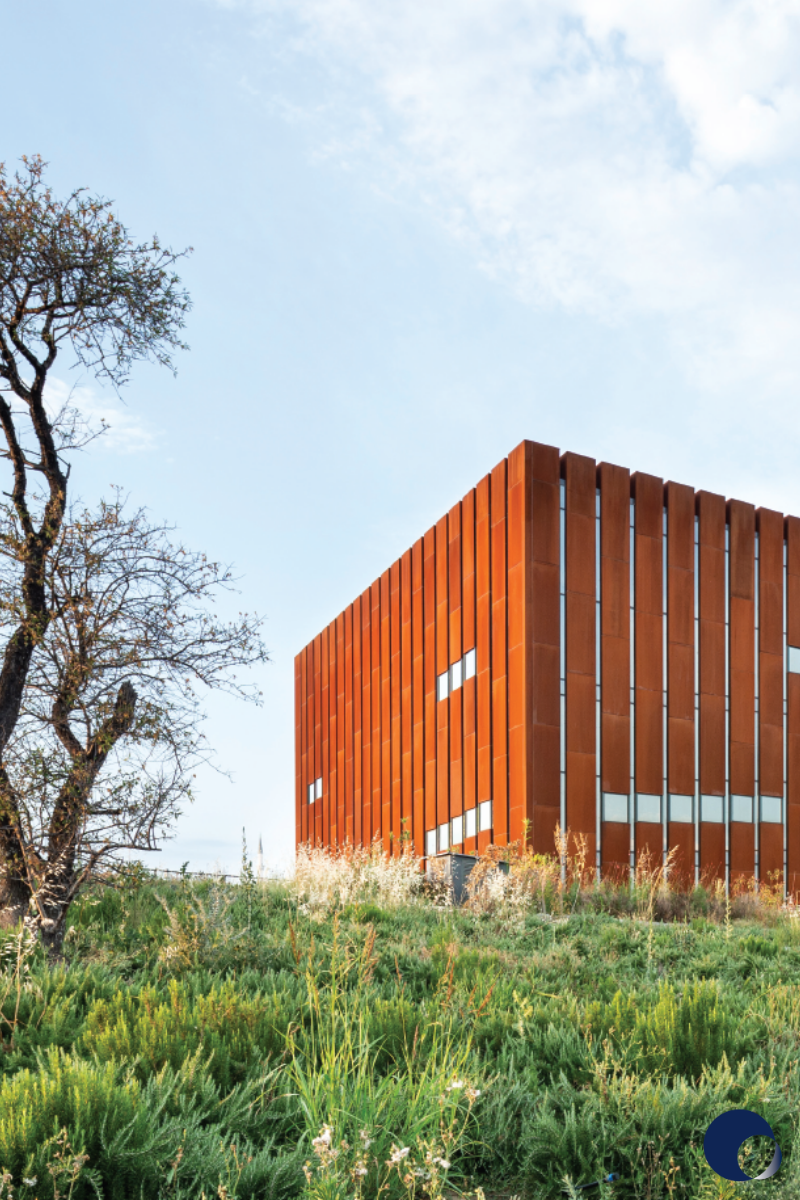With its 5,000-year history and its importance in the development of European civilizations, Troy represents a profound cultural impact from the time of Homer to World War I, both artistically and historically.
The competition launched by the Republic of Türkiye Ministry of Culture and Tourism in 2011 covers an area of 10 hectares. The museum is located near the ancient site on Hisarlık Hill in Çanakkale, next to Tevfikiye Village.
In addition to conservation and restoration laboratories, the museum includes a 2,000 m² storage area, temporary and permanent exhibition halls, activity areas, a café, restaurants, and retail spaces, while also providing access to the natural surroundings.
Ömer Selçuk Baz and the Yalın Architecture team won first prize in the “Troy Museum National Architectural Competition” held in Troy, which is listed as a UNESCO World Cultural Heritage site and is among the world’s most famous archaeological areas.
With its 5,000-year history and its role in the development of European civilization, Troy represents a deep cultural influence spanning from the Homeric Era to World War I, both artistically and historically.
The design approach chosen was to gradually isolate the visitor at certain thresholds from the moment of entry, partially and sometimes entirely disconnecting them from the physical context, and then reconnecting them.
All supporting functions are concentrated in a single underground floor. This level, invisible from the surface, has been designed as a floor covered with landscaping.

The exhibition structure can be perceived from within this level as a robust, square-planned object measuring 32x32 meters, rising above the ground through a fissure in the earth. Visitors enter the building by descending a 10-meter-wide ramp. As they descend, they approach the structure on the horizon; the landscape and the ground slowly disappear, leaving only the sky and the building in view.
Upon entering, visitors find themselves on a circulation band. The rust-red, earth-colored exhibition structure rises from the ground toward the surface through a transparent roof. Clad in weathered metal (corten), the building evokes the sense of unearthed, broken pitchers and pots—slightly scratched, worn, and textured—conveying the impression of a past life embedded within it.

lthough it does not belong to that era, the material and architecture speak of a connection between the past, the present, and the future. As visitors slowly ascend along the ramps that wrap around the exhibition structure, glimpses of the landscape, fields, and the ruins of Troy appear through openings in the façade. Upon reaching the roof, they step out onto a vast viewing terrace, inviting them to imagine both the distant and recent past of Troy, the lives once lived on these lands, and what might yet unfold.
The materials chosen for the building have been used in their most raw and unrefined states. In this sense, allowing the materials to express their own nature, behavior, and methods of construction within the architecture was an important design decision. Elements such as concrete, weathered steel, or wooden aerated-concrete-reinforced vertical panels have been incorporated in a way that reveals their manufacturing techniques. The design team believes that, in a structure that conveys references to a 5,000-year-old ancient world, making the material and the knowledge of its construction visible—while also integrating them into the building’s aesthetic—gains even greater meaning.
Content: Tasarım Group


